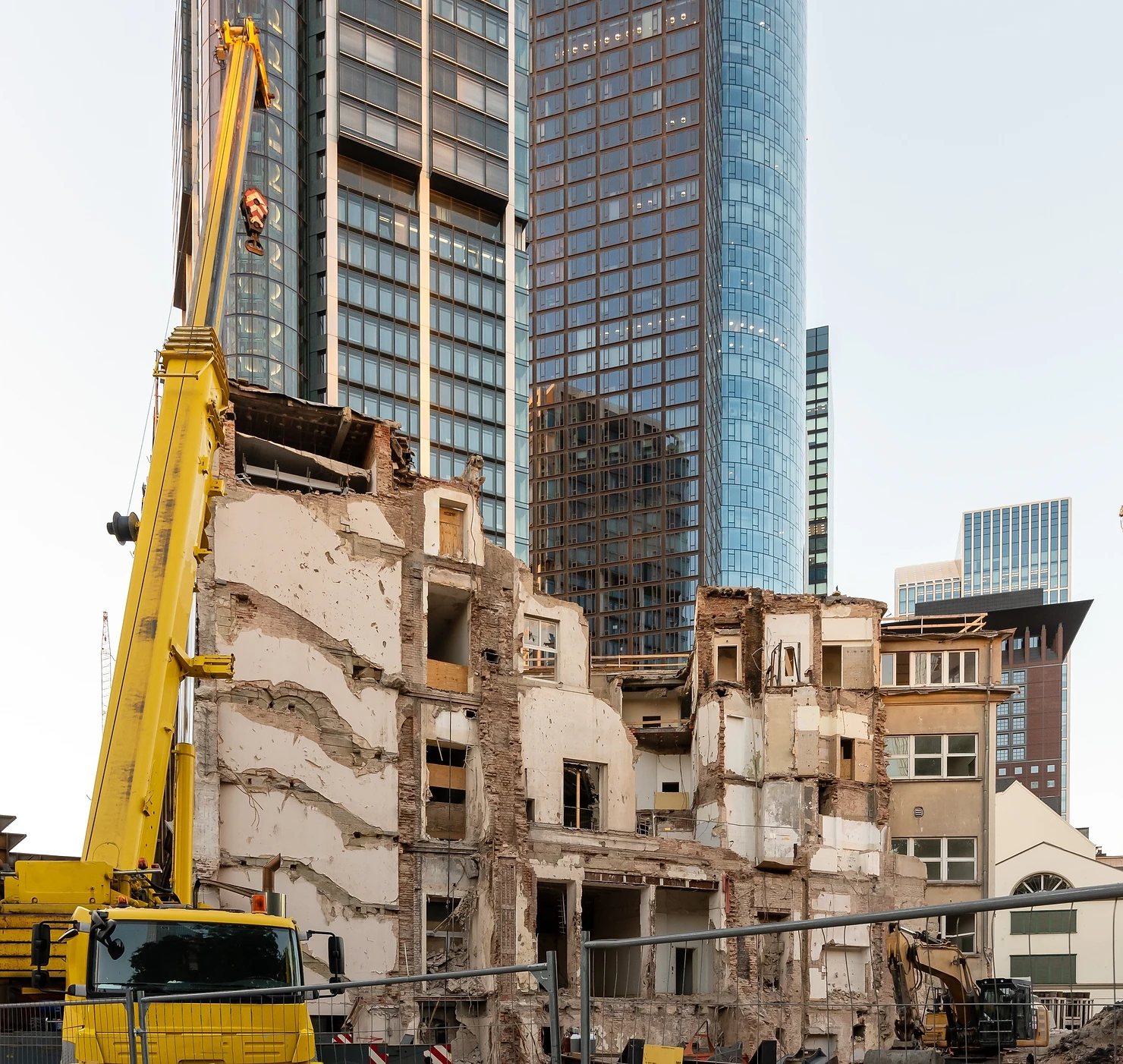Gentrification, while a symbol of urban renewal for some, often spells displacement for others. This complex sociological phenomenon triggers a chain of events that contribute to an issue plaguing cities and communities worldwide — homelessness. In this article, we’ll explore how the process of gentrification works, its multifaceted impacts, and how it exacerbates the already critical issue of homelessness.
What Is Gentrification?
Gentrification is a sociological phenomenon that arises when wealthier individuals or families move into low-income neighborhoods. In doing so, they raise the area’s property values, leading to socioeconomic changes that can bring about the displacement of original residents.
The process of gentrification typically occurs in stages and involves shifts in an area’s demographic and economic profiles. While the specifics can vary based on location and the local economic context, the typical stages of gentrification are:
-
Discovery: In the first stage, a traditionally working-class or lower-income neighborhood is “discovered” by a group of pioneers, often artists, students, or other young people attracted by the affordable housing and proximity to amenities or job centers. These early gentrifiers may appreciate the cultural character of the area and seek to preserve it. However, their presence often starts to change the neighborhood’s image.
-
Early gentrification: As the neighborhood’s image changes, more people start moving in, attracted by its increasing popularity and still relatively low rents compared to other areas. This period sees the first signs of displacement, as rising rents start to push out some of the original residents. Small businesses catering to the new residents also begin to open.
-
Rapid gentrification: As the neighborhood becomes increasingly fashionable, more significant investments start to flow in. This can include new housing developments, often at higher price points, and businesses catering to a wealthier clientele. Property values and rents rise significantly, leading to more widespread displacement of original residents. The social and cultural fabric of the neighborhood starts to change dramatically.
-
Late gentrification or maturation: At this stage, the neighborhood has become firmly established as a high-rent, desirable area. Few original residents remain, and the cultural character of the neighborhood may have changed significantly.
This process is cyclical and may repeat in other neighborhoods as displaced residents move into new areas and potentially attract new waves of gentrification. The gentrification process can have numerous effects, both positive and negative, but the displacement it often entails can contribute significantly to housing instability and homelessness.
Some of the most infamous examples of gentrification have occurred in cities like New York, San Francisco, and London. San Diego, too, has seen its share of gentrification, especially in neighborhoods like Barrio Logan, City Heights, and North Park. An influx of new businesses and residents, drawn by San Diego’s coastal charm, has resulted in significant changes to these areas. North Park, for example, was once a low-key and affordable neighborhood, but is now notable for its escalating housing prices.
A UCLA study found that, between 1990 and 2015, the number of gentrified neighborhoods in San Diego increased by 18%. This gentrification wave has brought revitalization, but has also led to an increasing lack of affordable housing, which in turn exacerbates the homelessness crisis in the city. Despite some efforts to implement policies protecting affordable housing, the gentrification trend continues to transform San Diego’s socio-cultural landscape and brings along considerable challenges for its most vulnerable residents.
Let’s take a closer look at those challenges brought on by gentrification, and how gentrification impacts homelessness in particular.
The Effects of Gentrification
Gentrification brings a mixed bag of consequences. It can lead to economic development, better services, and improved infrastructure. However, it also often leads to rising rents, eviction, and displacement of long-term residents who can no longer keep up with economic changes.
The negative effects of gentrification are significant and far-reaching, affecting individuals and entire communities. Here are some key points to consider:
-
Displacement: When property values increase, rent often follows. Many long-term residents — especially renters — cannot afford these increases and are forced to move. This also prevents these original residents from being able to enjoy the benefits that come with the area’s economic upturn.
-
Cultural erosion: Gentrification often leads to a loss of cultural diversity as long-standing community residents — often people of color and immigrants — are replaced by wealthier, usually white, newcomers.
-
Economic stress: Families who manage to stay may struggle financially due to the rising cost of living, leading to economic stress. This stress can in turn affect physical and mental health, family dynamics, and community resilience.
Gentrification and Homelessness
While there are a myriad of negative effects, one of the most concerning is the link between gentrification and homelessness. Gentrification impacts homelessness in the following ways, among others:
-
Decreased affordable housing: Developers in gentrifying neighborhoods often convert low-cost housing into high-end units, reducing the availability of affordable housing and potentially pushing more people into homelessness.
-
Evictions: Landlords in gentrifying neighborhoods may evict low-income tenants to make way for higher-paying ones. Evicted individuals, particularly those without a safety net, are at a higher risk of experiencing homelessness.
-
Income inequality: Gentrification can exacerbate local income inequality, making it more difficult for low-income individuals to afford stable housing. Increased living costs coupled with low wages can contribute to housing instability and homelessness.
While gentrification may bring certain benefits to neighborhoods, it’s essential to acknowledge and address its negative effects, particularly its connection to homelessness. Without appropriate intervention, the issue is likely to worsen, leading to more displacement and higher rates of homelessness. To create equitable cities, we need policies and interventions that protect low-income residents from displacement. This includes measures such as affordable housing initiatives, rent control policies, and eviction protections.
By understanding the relationship between gentrification and homelessness, we can hope to make informed decisions that promote equitable urban development, creating cities that serve the needs of all residents, regardless of their socioeconomic status. For now, as gentrification continues to spread, it’s crucial to provide support for the people experiencing homelessness in its wake.
At Crisis House, we are here during these stressful times to support families with our services and resources. We provide crisis intervention, transitional and permanent housing, and services for families and children fleeing domestic violence. We’re leaders in critical services in San Diego County, administering programs for individuals and families experiencing domestic violence and homelessness.
Help us reach those in need by donating or volunteering today! You can also sign up for our newsletter to stay in the loop as we work to connect families, children, and individuals to crucial resources. Together, we can stop the cycle of domestic violence, child abuse, and homelessness, and empower people to renew their lives!







